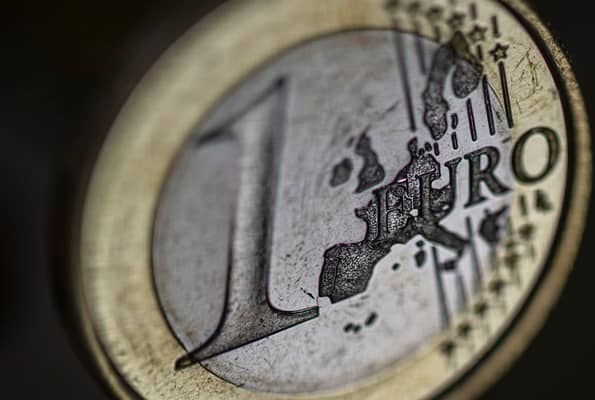The Euro is down 0.6% against the US Dollar after earlier gains last week.
The euro’s decline today follows more shocking data from the Eurozone, dimming hopes for a return to growth and fueling expectations of further interest rate cuts from the ECB.
Manufacturing activity contracted faster in Germany, France and the eurozone, while services activity performed weaker than expected.
S&P Global’s September PMI reports showed manufacturing activity contracted at the fastest pace this year in Germany and the Eurozone and since January in France. Services activity barely held up in Germany and the Eurozone and returned to contraction in France after a strong August performance in conjunction with the Olympic Games.
This lackluster private sector activity comes as business activity and new orders declined, with business confidence deteriorating for a fourth straight month to its lowest level since November across the Eurozone.
In Germany specifically, the report indicated a deterioration in expectations about the future, as companies expect a decline in output for the coming year, in light of fears of recession, uncertainty and contraction in the automotive and construction sectors. While sentiment in the services sector remains positive, albeit very low.
France also records a performance similar to that of Germany, but business confidence about the future of growth had generally improved in September and hopes for an economic recovery at the beginning of the new year. Sentiment in the services sector rose significantly in contrast to the continued negativity in the manufacturing sector, according to the report.
Today’s data adds to a series of previous shocking data and surveys that reinforce the negative outlook for the region’s economy. Last week, we also witnessed the results of the ZEW survey of economic sentiment for Germany and the eurozone, which was very negative, reflecting investors’ lack of hope about restoring growth.
These will ultimately reduce the euro’s ability to benefit from the weakness of the dollar, with the very optimistic expectations about multiple interest rate cuts by the Federal Reserve this year. The negativity in today’s data will give the European Central Bank more comfort to continue cutting interest rates, and this also raises the possibility of achieving another cut next October. This shift in expectations contributes to adjusting the weakness that the dollar has been suffering from against the euro recently.
With all this, the yield gap between US Treasury bonds and German bunds continues to widen, which may prevent the euro from continuing its recovery against the dollar. The yield gap between 10-year Treasury bonds and their German counterparts reached 1.59% today, which is the highest level since the beginning of September.





Leave a Comment